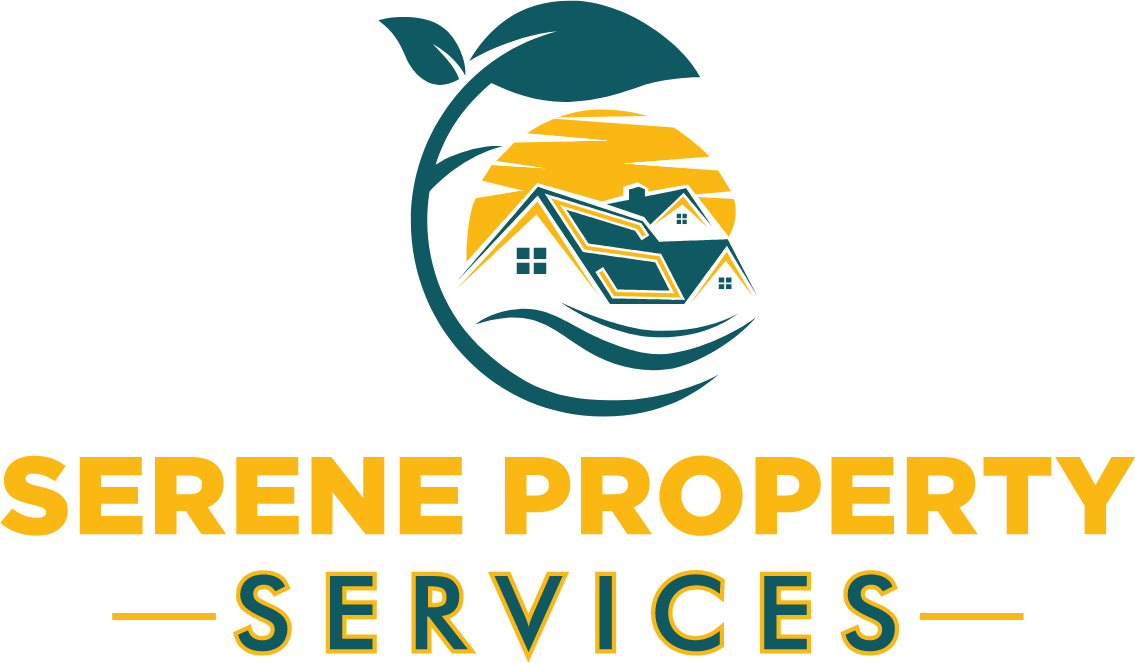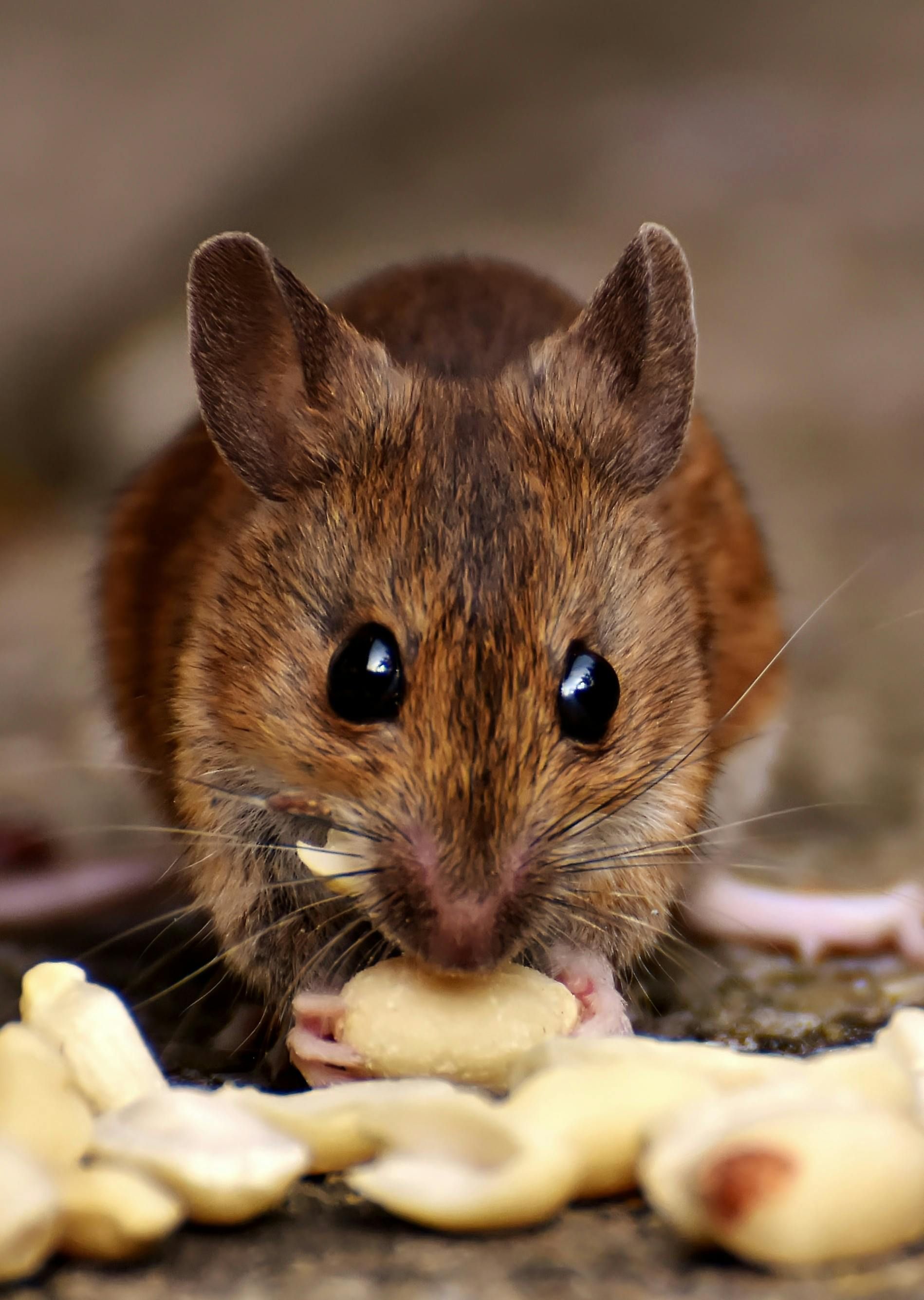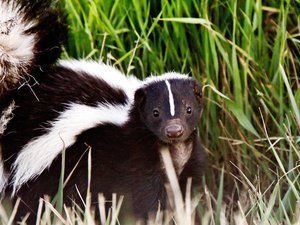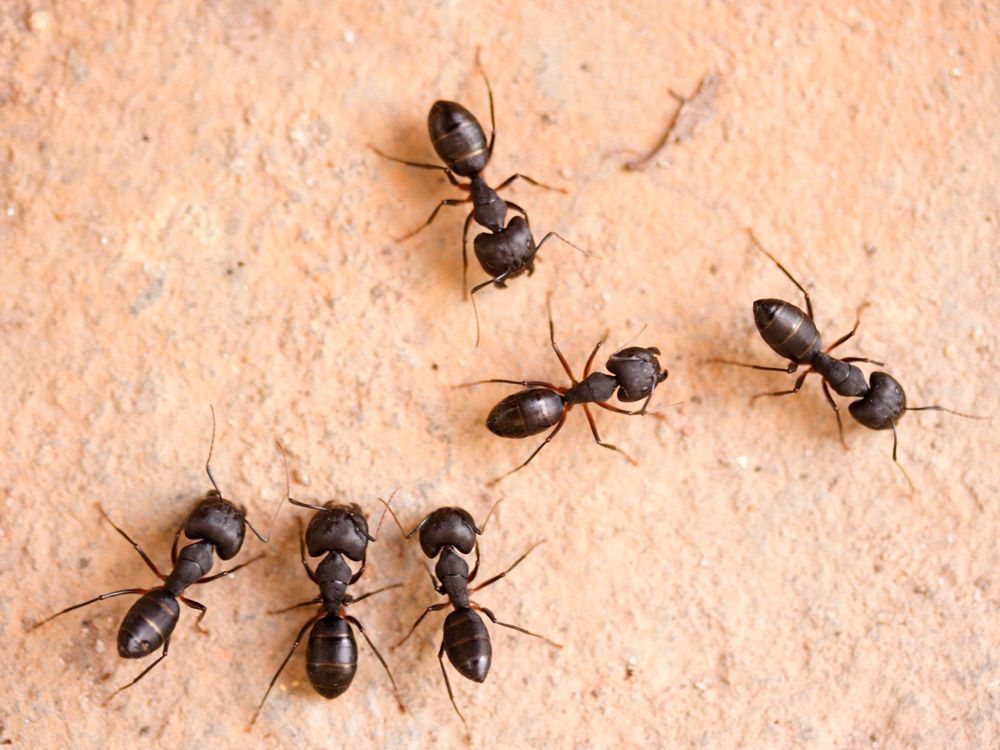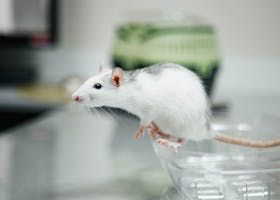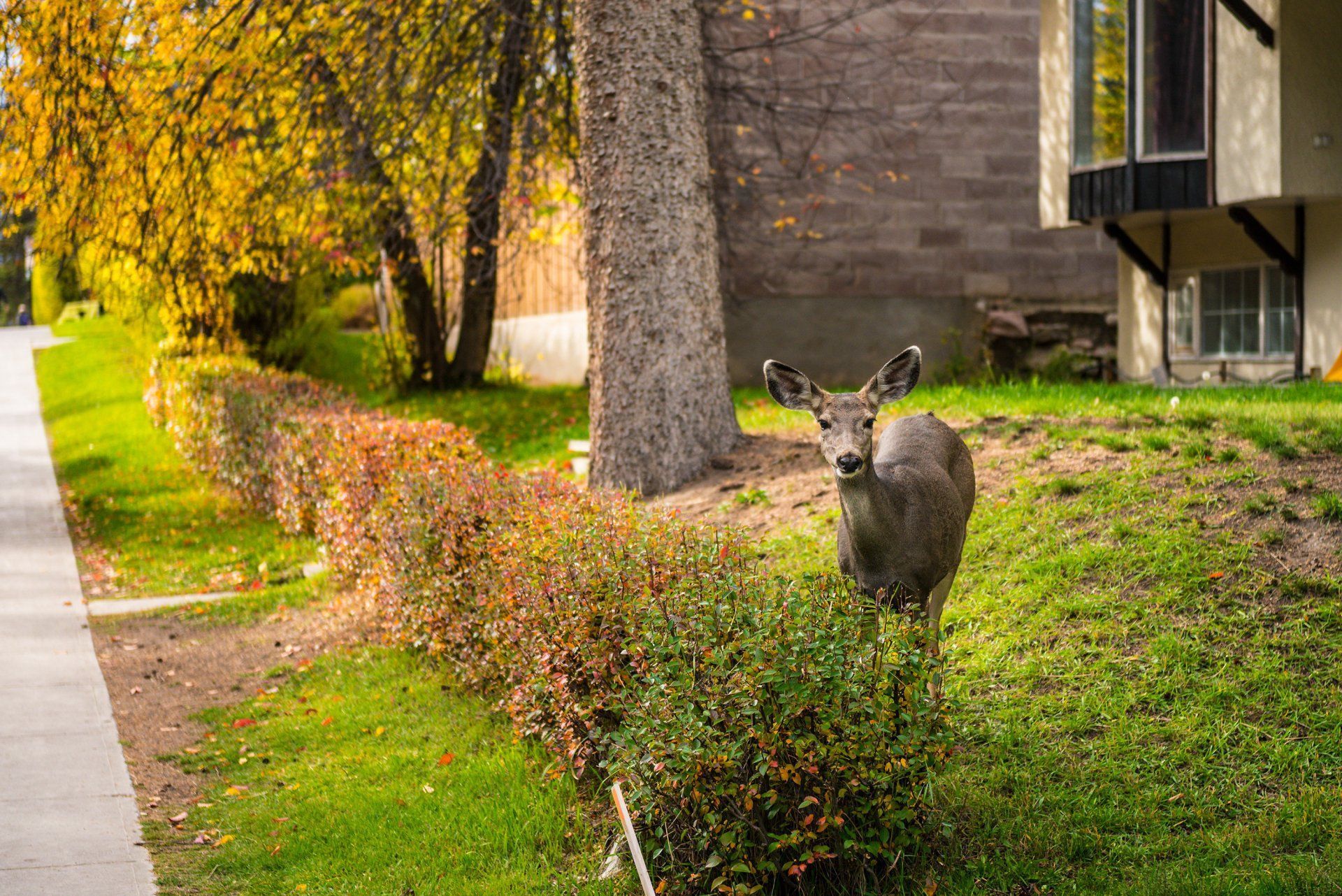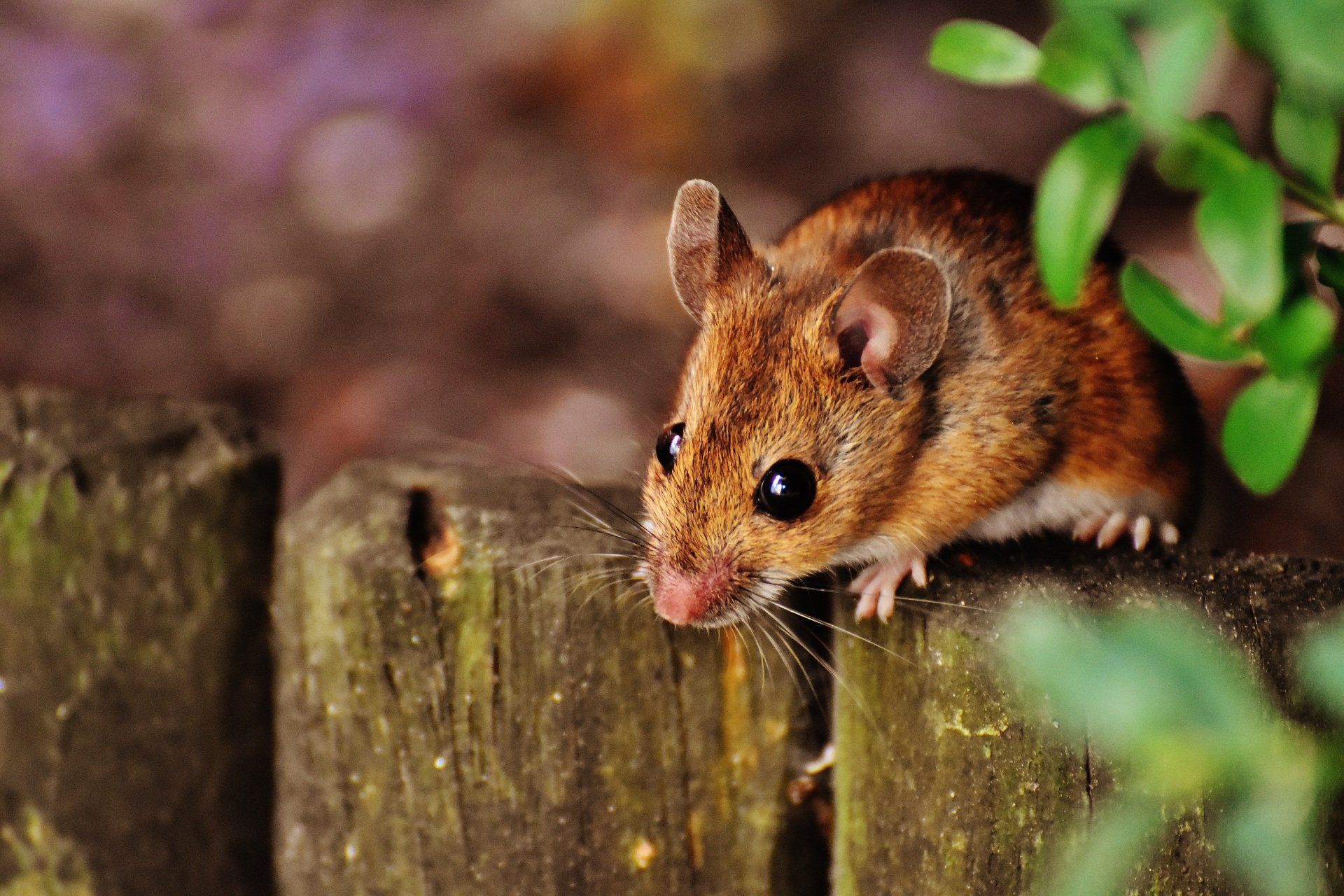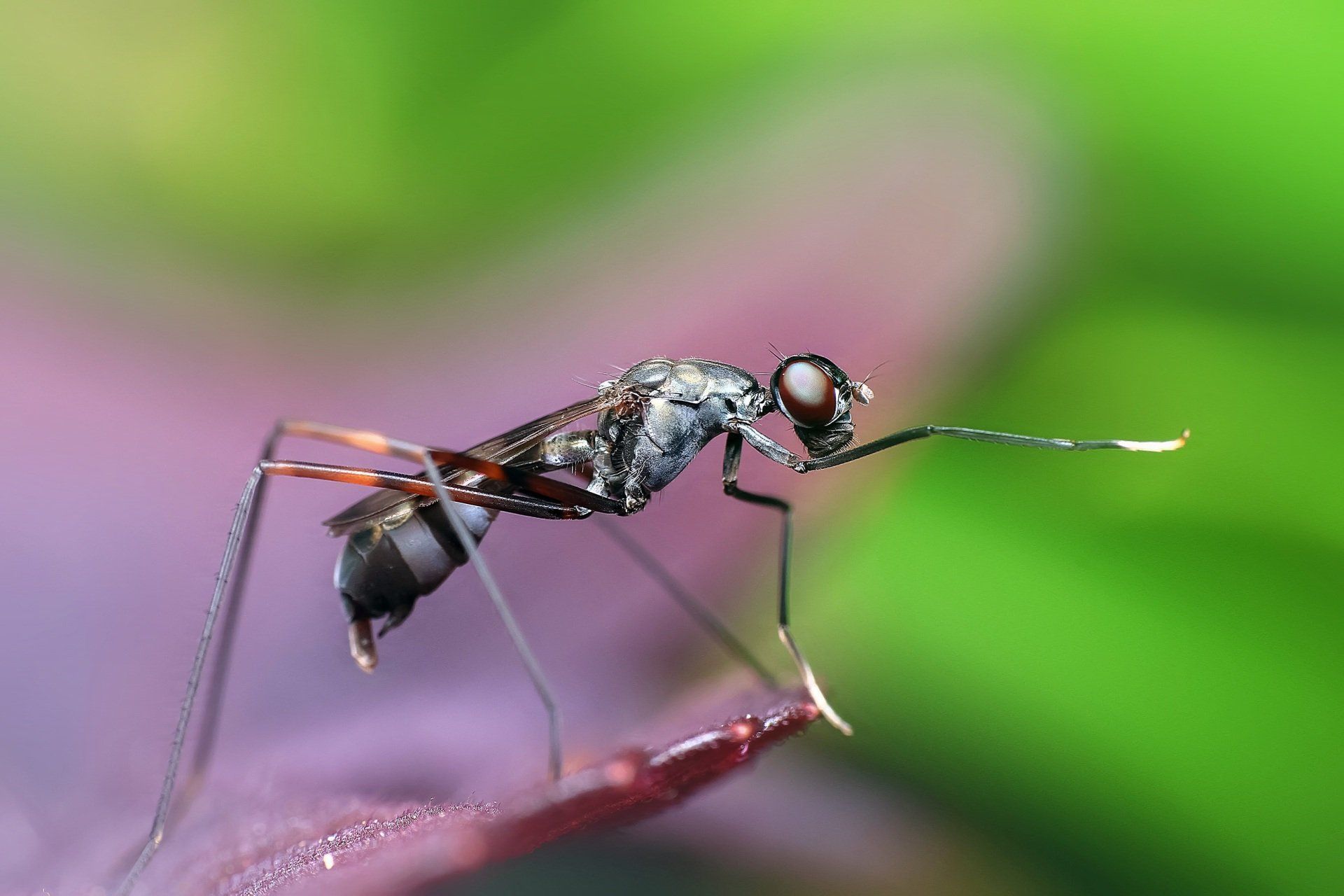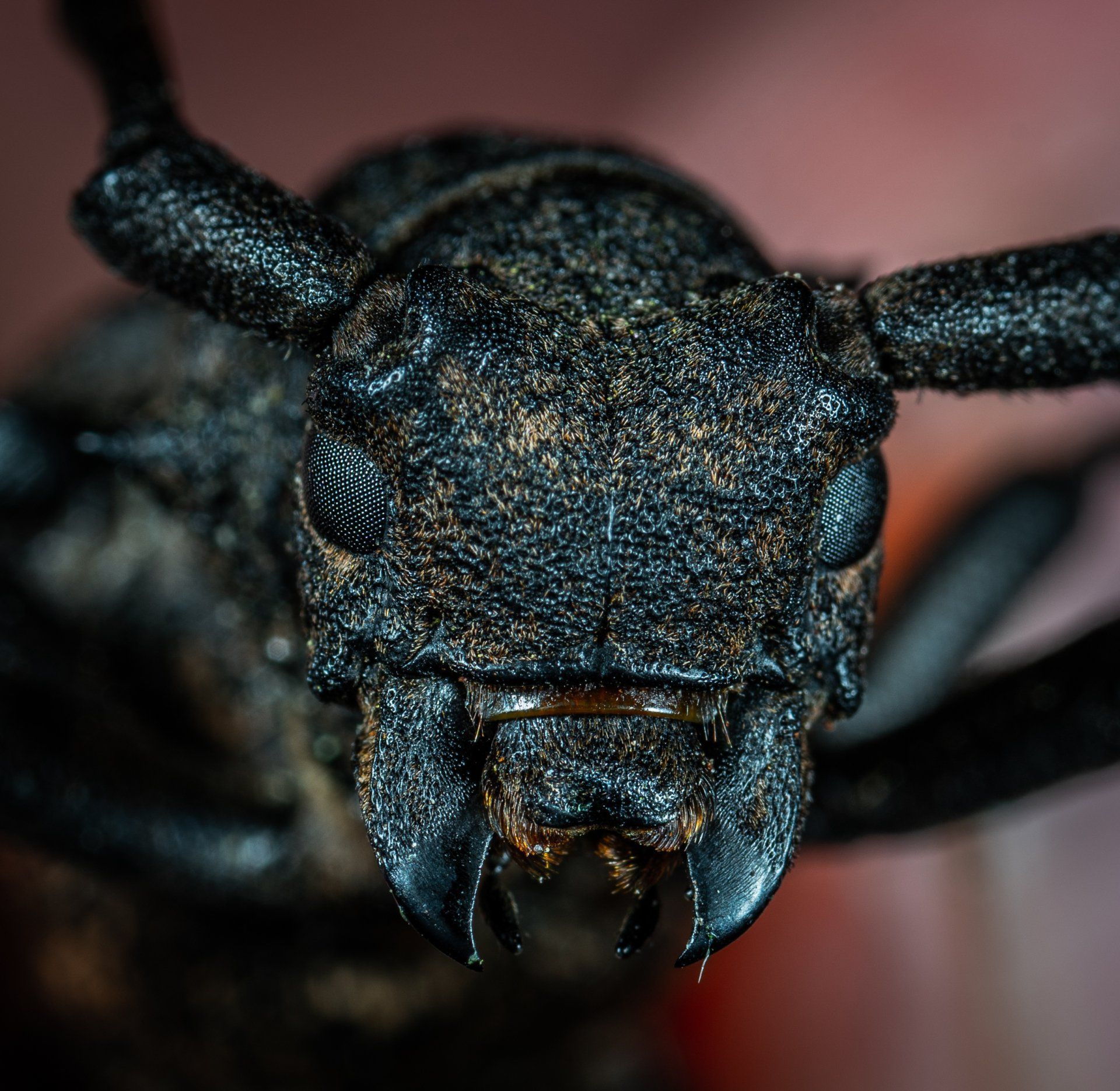Hamburg Resident's Guide to Wildlife Removal
Hamburg Resident's Guide to Wildlife Removal
Wildlife removal in Hamburg requires understanding which animals are protected, using humane removal methods, and preventing future intrusions through proper exclusion work. Professional wildlife technicians handle everything from initial assessment to safe removal and long-term prevention, ensuring animals are removed legally while protecting your property from damage.
What Types of Wildlife Problems Are Common in Hamburg Homes?
Raccoons are among the most frequent wildlife visitors in Hamburg. These intelligent animals often find their way into attics, chimneys, and crawl spaces looking for safe nesting sites. Raccoons can cause significant damage by tearing insulation, chewing through wood, and leaving behind waste that creates health hazards. Their strong paws allow them to open vents, tear shingles, and exploit weak spots in your home's exterior.
Squirrels also create problems for Hamburg homeowners, particularly when they nest in attics. These energetic animals gnaw on electrical wiring, which creates fire risks, and they can quickly multiply if left undisturbed. You'll often hear squirrels scurrying and scratching during daylight hours as they move in and out of your home gathering food and nesting materials.
Bats sometimes roost in attics, chimneys, or behind shutters. While bats are beneficial for controlling insects, they shouldn't live inside your home. Their droppings carry disease risks, and large colonies can create strong odors. Professional removal becomes necessary when bats establish roosting sites in your structure. Our wildlife removal services in Hamburg address all these common animal intrusion problems with safe, effective solutions.
How Do Professionals Remove Wildlife Safely?
Professional wildlife removal starts with a careful inspection to identify which animals are present, how they're entering your property, and where they're nesting. Experienced technicians know the signs different animals leave behind and can determine the best approach for each situation. This inspection phase is crucial because removal strategies vary significantly depending on the species and time of year.
Humane removal methods prioritize the safety of both the animals and your family. Technicians use specialized equipment like one-way exclusion doors that allow animals to leave but prevent them from returning. Live trapping may be necessary in some cases, but the goal is always to remove wildlife with minimal stress while complying with state wildlife regulations.
After removing the animals, professionals clean and sanitize affected areas to eliminate odors, droppings, and potential health hazards. They then seal entry points using durable materials that animals can't chew through or tear away. This exclusion work is essential because simply removing wildlife without addressing how they got in means new animals will likely move into the same spaces.
When Should I Call for Wildlife Removal Help?
Call for professional help as soon as you notice signs of wildlife activity. Strange noises in your attic, walls, or chimney indicate animals may be living in your home. Scratching, thumping, or vocal sounds at dawn, dusk, or during the night are common indicators. The longer wildlife remains in your structure, the more damage they can cause and the harder they become to remove.
Visible damage to your home's exterior suggests wildlife entry points. Look for torn soffit vents, displaced shingles, holes in siding, or damaged chimney caps. Animals often create obvious openings when they force their way into homes. You might also notice droppings, tracks, or strong odors around your property that signal wildlife presence.
Never attempt to handle wildlife yourself. Many animals carry diseases that can transmit to humans, and frightened or cornered wildlife may become aggressive. Mother animals protecting their young are particularly dangerous. Professional wildlife technicians have the training, equipment, and legal authority to handle these situations safely and effectively. At Serene Property Services, our team brings over 13 years of experience to every wildlife removal job. We understand Hamburg's specific wildlife challenges and know how to solve them quickly. When you need help with pest and wildlife control in Hamburg , our licensed technicians provide solutions that protect your property long-term.
Hamburg's Natural Setting and Wildlife Activity
Hamburg's location in Sussex County creates ideal conditions for diverse wildlife populations. The township's abundant wooded areas, proximity to state forests, and numerous water sources support thriving populations of raccoons, squirrels, opossums, skunks, and other animals. These natural habitats border residential neighborhoods, which means wildlife regularly encounters homes while searching for food and shelter.
Seasonal patterns strongly influence wildlife behavior in Hamburg. Spring brings increased activity as animals emerge from winter dormancy and begin raising young. Mother animals become particularly bold during this time, seeking protected spaces like attics and chimneys to birth and raise their offspring. Fall triggers another surge in activity as animals prepare for winter by finding warm shelter and storing food.
The township's mix of newer developments and older established neighborhoods means different properties face varying wildlife risks. Homes near wooded edges or with mature trees nearby experience more frequent wildlife encounters. Properties with accessible food sources like unsecured garbage, bird feeders, or pet food attract animals looking for easy meals. Understanding these local patterns helps homeowners take preventive measures and recognize when professional wildlife removal becomes necessary.
Protecting Your Hamburg Home From Wildlife
Prevention starts with making your property less attractive to wildlife. Secure garbage cans with tight-fitting lids and store them in garages or sheds when possible. Don't leave pet food outside overnight, and clean up fallen fruit from trees regularly. Remove or relocate bird feeders away from your house, as these attract not just birds but also squirrels and other animals.
Inspect your home's exterior regularly for potential entry points. Check soffit vents, chimney caps, roof edges, and areas where utilities enter your home. Small gaps can let in surprisingly large animals—mice and bats can squeeze through openings the size of a quarter. Repair any damage promptly and consider installing protective screening or caps on vulnerable areas.
Trim tree branches that hang within six feet of your roof or touch your home's siding. These branches serve as highways for squirrels and raccoons to access your roof and find entry points. Keep shrubs and vegetation trimmed back from your foundation to eliminate hiding spots and reduce moisture that can attract insects and the animals that eat them.
If you discover wildlife in your Hamburg home, Serene Property Services can help. Our experienced technicians provide thorough inspections, safe removal, and effective exclusion work that keeps wildlife out permanently. Call us at (973) 222-8799 to schedule an assessment and learn how we can protect your property from unwanted wildlife visitors.
